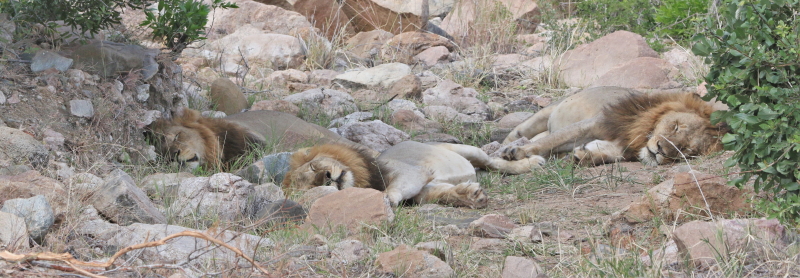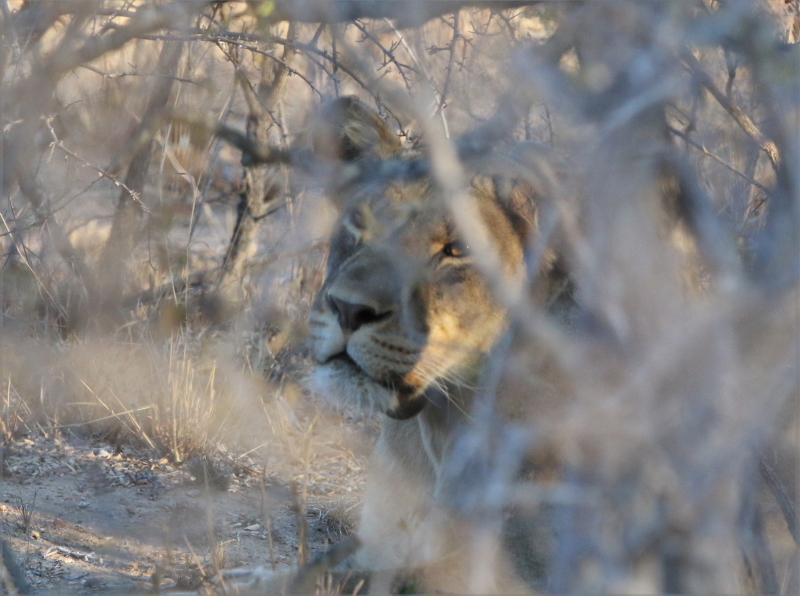Where I live in England, there are a lot of wild boar. I live just on the edge of the Forest of Dean, in Gloucestershire and there is quite a high population of wild boar. However they are not quite the real deal. They are a diluted version of the continental wild boar as they have a proportion of domestic pig genes in their make up.
In Europe where wild boar never became extinct they are more authentic. Across the world there are several races. The central European race which extends across all the countries that now make up the E U community is what is known as the nominate race. The photo is a close up of a Central European wild boar which I took a few years ago in France. I do think though, that there are noticeable differences between the wild boar that I have seen in Spain, France and Poland. The Polish ones seemed blacker and bigger and the Spanish ones more brown and thinner.
There are 16 different subspecies which includes races from China, India and North Africa
The feral wild boar, in the Forest of Dean, originate from two groups, firstly a population established themselves in woodlands near Ross-on-Wye after escaping from a wild boar farm in the area during the 1990’s. Then another group of around 60, farm reared wild boar were dumped in an illegal release near the village of Staunton in 2004. By 2009 the two groups had linked up and interbred and a viable breeding population had established itself in the Forest.
The thing about farm bred wild boar is that in order to keep them in a farm situation they are crossed with domestic pigs, this makes them less timid, more manageable, less aggressive, they produce bigger litters and often two litters a year. They also put on meat more quickly.
How can you tell a real wild boar from a cross? Real wild boar have 36 chromosomes, pigs have 38 and hybrids have 37, but that’s not a lot of good as you can’t see chromosomes when a pig/boar is stood in front of you. Boar with some piggy genes often show pink on the end of their snout and under their back legs. True wild boar are quite shy and will run off whereas feral, Forest of Dean wild boar, will often walk straight at you.
So there you have it. Ask my grandson, he had the same female wild boar walk straight towards us 3 times on the same walk near Elwood a couple of years ago. After the third encounter he was quite frightened and we went home.



































 Spent the day in the Forest of Dean, some sun and some snow! There was a heard of about 20 deer, unfortunately there was also a dog walker and a cyclist who sent them off into the trees. Then about 40 minutes later they started to reappear and at that point the dog walker returned and the deer moved off again. so I got shots of ones and twos, but not the nice group photo I was hoping for.
Spent the day in the Forest of Dean, some sun and some snow! There was a heard of about 20 deer, unfortunately there was also a dog walker and a cyclist who sent them off into the trees. Then about 40 minutes later they started to reappear and at that point the dog walker returned and the deer moved off again. so I got shots of ones and twos, but not the nice group photo I was hoping for.













